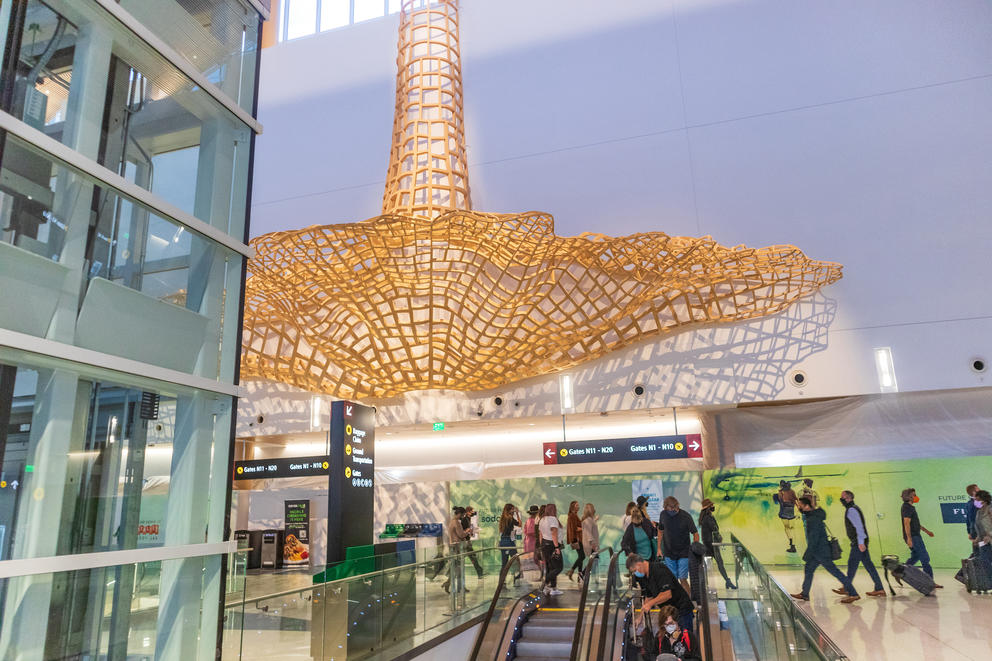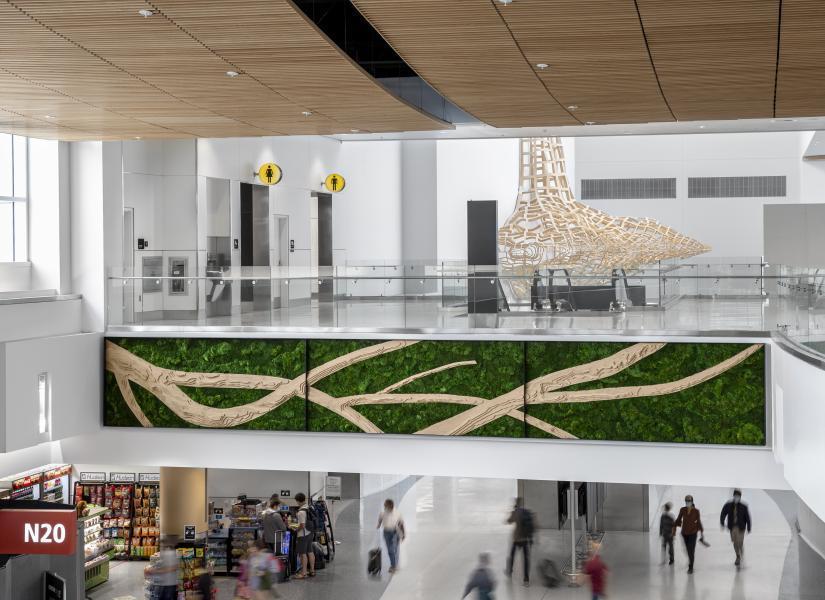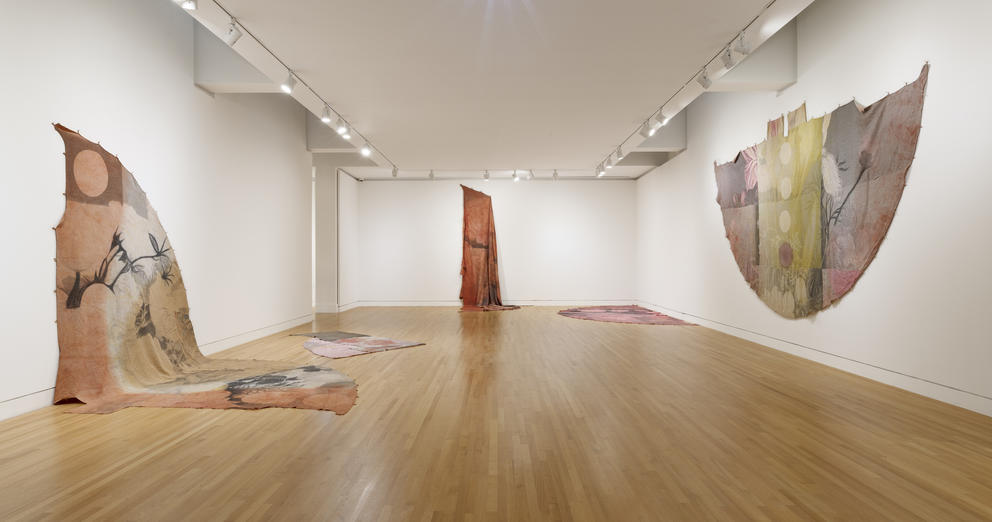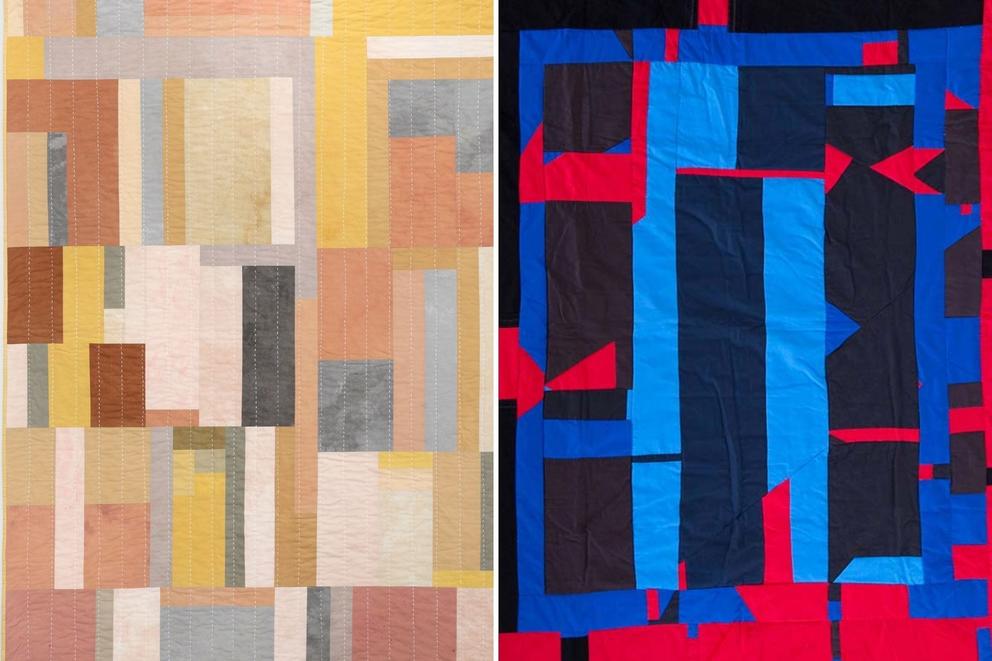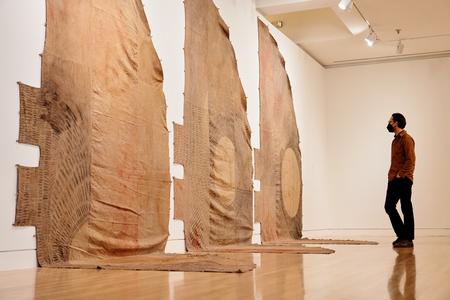This year, I’ll be one of an estimated 160,000 Washingtonians traveling by plane over the holiday — an increase of 82% since 2020, according to AAA of Washington. That’s a lot of masked passengers flowing through the Seattle-Tacoma International Airport. But if you’ll be out there with me, experiencing inevitable delays, I have good news: There is new art to see!
ArtSEA: Notes on Northwest Culture is Crosscut’s weekly arts & culture newsletter.
As Crosscut reporter Margo Vansynghel wrote in 2019, Sea-Tac will spend $20 million on new public art by 2025, money generated from the Port of Seattle’s “one percent for art” program. But Sea-Tac has been art-forward since the late 1960s, when it became the first airport in the country to establish an art collection. The impressive works are peppered all over (Frank Stella! Louise Nevelson! Robert Rauschenberg!), but many of us miss them while rushing to the gate.
Sea-Tac spent its pandemic downtime adding to, cleaning up and rearranging the art collection — so things may look a bit different if you haven’t flown in a while. I recently had the chance to tour the latest installations and discovered a veritable arts woodland growing at the N Gates.
Northwest sculptor John Grade’s “Boundary” literally cannot be missed — at 40 feet high, 85 feet wide and 25 feet deep, the stylized replica of an old-growth Red Cedar hangs above passengers as they come up the escalators, offering a worm’s eye view of the massive root system. I also love Houston artist Krista Birnbaum’s 35-foot-wide piece, “Canopy,” which features deep-green preserved mosses and topographic branch forms that recall Pacific Northwest rainforests.
“Canopy” faces “Cathedral,” by British Columbia artist duo Metz & Chew, whose golden tree is etched into glass panels surrounding an elevator and accompanied by a large bronze log, which, yes, you are invited to sit on. Also riding the Northwest wave is Montana artist Deborah Butterfield’s “Blackleaf,” a 7-foot-tall horse composed of bronze casts of sticks and branches.
But you don’t have to visit the N Gates to see art. Consult the map in Margo’s story to see what’s near your waiting lounge. During my recent, blessedly roller-bag-free tour, I also got to see some of my favorite older installations, including “Flying Fish,” by Marvin Oliver (1946-2019). The longtime Northwest artist, who was of Quinault heritage, created a school of brass fish that swims through the terrazzo floor in Concourse B. In the flick of a tail, the depictions switch from realistic to Northwest Indigenous formline style. Observant travelers will spot several fishes carrying suitcases in their fins.
Native American Heritage Month continues this week, and feels especially relevant with Thanksgiving on the horizon. With the debunking of the holiday’s origin story comes an opportunity for better understanding of not just the historical record, but of contemporary Indigenous culture as well. In an expansive new show at the Frye Art Museum, Canadian First Nations artist Duane Linklater (Omaskêko Cree) explores the complexities of his own Native identity, of being both Indigenous and enmeshed in “settler culture.”
Duane Linklater: mymothersside (through Jan. 16, 2022), is a series of varied installations, some of the most visually striking of which are his “flat sculptures.” These large linen semicircles — emulating the canvas covering on a tepee, a traditional Cree structure — dot the walls like enormous moths, occasionally fluttering onto the floor. Digitally printed and dyed in smoky colors, the fabric is sometimes marked with X’s, recalling the ambiguous signatures Indigenous leaders used to sign treaties. The tepees’ deconstruction, and unusual arrangement, suggests displacement.
I was especially struck by an exhibit of 3D-printed sculptures Linklater created from historical artifacts. His deliberate choice of lower-quality technology resulted in imprecise suggestions of figures like Hopi dolls, totems and masks, thereby emphasizing the generally vague understanding of a lumped-together “Native history.” In a similar fashion, his large-scale prints of computer images of photos of Navajo blankets — several times removed from the original to the framed copy — speak to the erasure, erosion and evolution of culture.
For more ways to experience Native art around the region, check out Crosscut’s recommendations for Indigenous gallery shows, installations and art fairs to visit over the Thanksgiving holiday.
If you visit the Frye for this powerful show, be sure to “exit through the gift shop” to see the beautiful new quilt by Naomi Parker. The Tacoma artist and graphic designer, who is Chippewa Cree, Yakama and an enrolled member of the Makah tribe, created the quilt using an elaborate natural dying process that involved Japanese maple leaves, avocado pits and several baths, including tannin and alum. It’s a beauty.
Speaking of gorgeous quilts …
The Washington State History Museum is currently hosting Handstitched Worlds: The Cartography of Quilts (through Jan. 23, 2022), on loan from the American Folk Art Museum in New York City. This fascinating collection features surprising quilts from the 19th century up through the 21st, and reveals how across the decades, this textile art form has served to map histories, both personal and political.
And while longtime Seattle curator Greg Kucera may have recently retired to the countryside in France, his namesake Pioneer Square gallery is going strong, and will soon feature a show of work by several artists of Gee’s Bend, Alabama: Louisiana Bendolph, Loretta Pettway Bennett and Qunnie Pettway (Nov. 26 – Dec. 23). The legendary Gee’s Bend quilting tradition began in the 1800s with the descendants of enslaved people, who after the Civil War became sharecroppers on the former Gee plantation. The unusually patchworked quilts became a hallmark that continues to this day, with bold, unexpected designs that have been called “miraculous works of modern art.”
Get the latest in local arts and culture
This weekly newsletter brings arts news and cultural events straight to your inbox.

